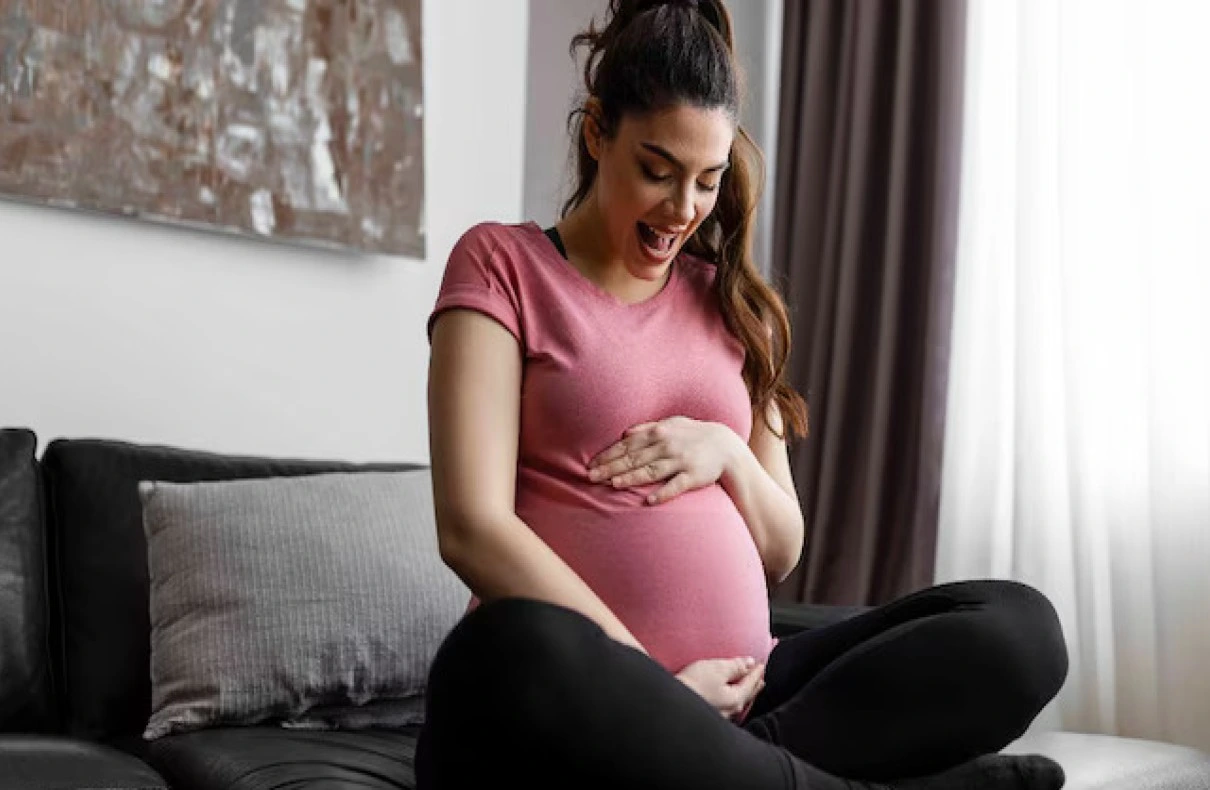A group of researchers from scientific institutions in the United States has presented the first map of the brain that shows the neuronal changes that occur before, during and after pregnancy, which provides new information on the brain’s ability to recover, restructure and adapt to new situations, reports the University of California at Santa Barbara.
Pregnancy is a period characterized by intense hormonal and physiological changes experienced by women as they prepare for motherhood. However, the neuronal changes that occur in the maternal brain during gestation have not been studied in depth.
Previous research has found that the volume of grey matter, the part of the brain where brain cells (neurons) are concentrated and thoughts and memories are rooted, was smaller after pregnancy than before this period.
What were the brain changes?
Now, a new study recently published in the journal Nature Neuroscience found that more than 80 percent of the brain regions of a 38-year-old first-time mother had gray matter reductions of around 4 percent. Even though gray matter volume decreased as hormone production increased throughout pregnancy, her brain connections were also observed to have multiplied at the same time.
The scientists concluded that the neural changes in pregnancy are about the same magnitude as those that affect young adults as they go through puberty, when their brains become more specialized. Moreover, this important brain remodeling, called neuroplasticity, occurred at a frequency three times greater than what was seen in the brains of eight other non-pregnant women who also participated in the research.
On the other hand, the experts found other surprising changes in the woman’s brain, which were related to the increase in white matter, the nerve fibers that connect neurons and contribute to communication between brain regions.
White matter increases peaked in the second trimester of pregnancy, but subsequently returned to preconception levels. At the same time, these changes were notable in regions associated with sensory attention, emotion, self-directed thought, and introspection.
The implications of these findings are significant, as they may broaden our understanding of maternal brain adaptations and contribute to the development of new research focused on the study of postpartum mental health problems and other neurological disorders linked to pregnancy.P
